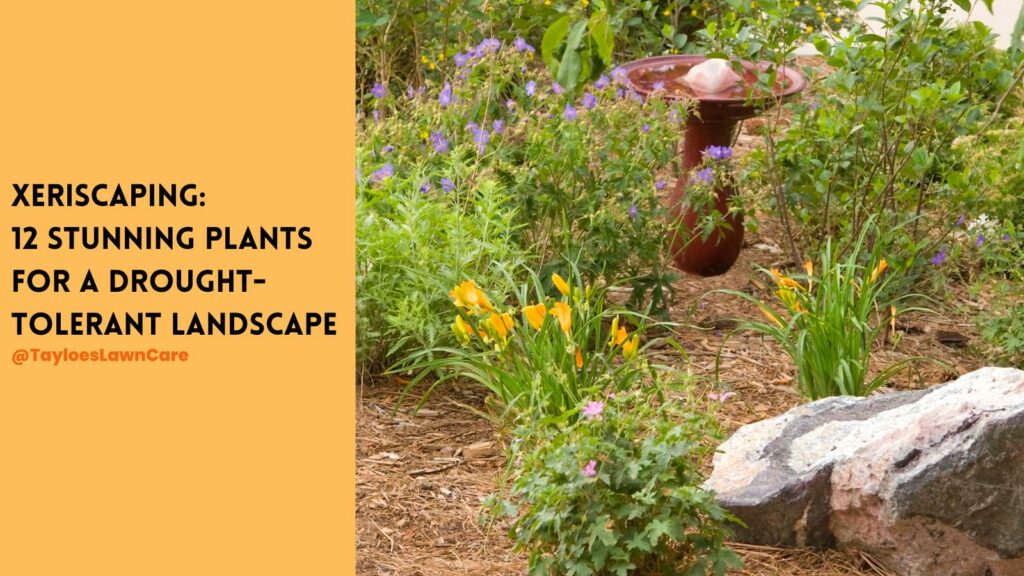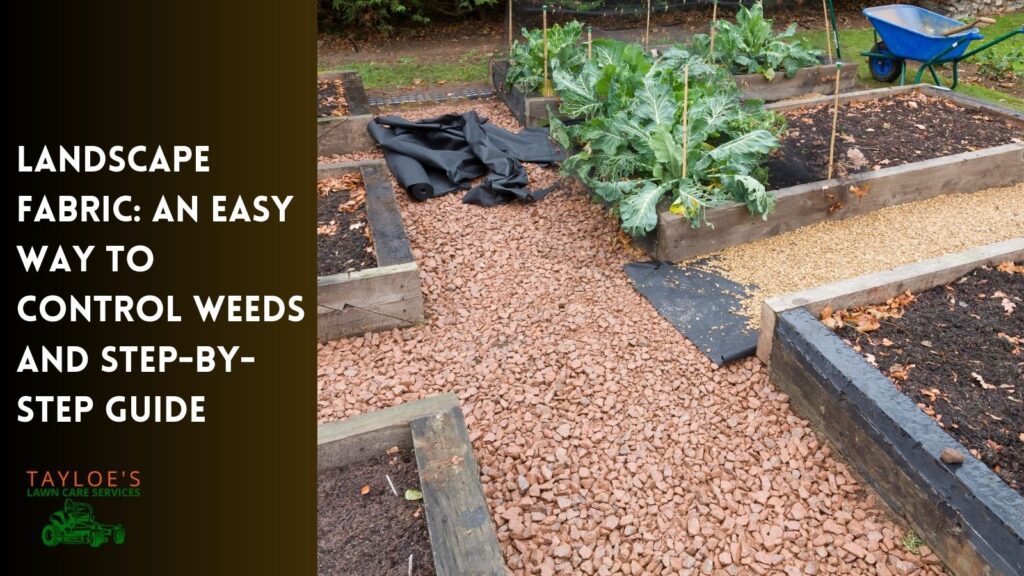Last Updated on: 20th October 2023, 01:24 pm
Don’t give up gardening in the winter…bring the fun indoors.
As the leaves begin to cascade and the familiar chill of the season embraces the air, many of us assume it’s time to hang up our gardening gloves and bid farewell to the lush, vibrant outdoors. But what if I told you that the changing seasons don’t signify an end? Instead, it’s time to shift to an indoor garden – growing citrus trees (lemon, limes, and oranges) in large pots.
Just because the weather’s turned chilly doesn’t mean you need to give up your love for gardening. In fact, it’s the perfect time to invite the verdant beauty of nature indoors! With some knowledge and care, you can transform a corner of your home into a thriving orchard. Imagine the joy of nurturing and eventually harvesting your very own limes and lemons, all from the comfort of your living space.
Citrus trees have glossy leaves, fragrant blossoms, and vibrant fruits. They are an aesthetic addition to your indoor environment. Besides that, you can test your green thumb’s versatility. Whether you’re an experienced gardener looking to expand your horizons or are new to an indoor garden, here’s to new gardening adventures.
Choosing the Right Citrus Tree for an Indoor Garden
Jumping into the world of indoor gardening with citrus trees requires an astute selection based on your living space and personal preferences. While various citrus varieties beckon with their vibrant colors and aromatic allure, choosing ones that can thrive within the domestic confines is crucial.
Here in NC, you can move these potted lime and lemon trees to a protected outdoor spot during the summer heat. But you’ll need space to accommodate them for the rest of the year.
Understanding the difference between lime and lemon trees
- Texture and Taste: Limes and lemons, though both citrus fruits have distinct flavors and appearances. Lemons delight with their sunny yellow hue and tangy-sweet flavor. In contrast, limes can vary from bright green to a softer yellow, offering a sharper, more tart edge to the palate.
- Size and Shape: Typically, lemon trees have a more statuesque growth pattern, boasting elongated leaves and heftier fruits. Lime trees are generally more compact, with some varieties well-suited for indoor growth.
Citrus trees suitable for indoor garden
- Dwarf Meyer Lemon: This variety stands out for its sweeter, milder fruit. But it also has a petite stature, perfect for indoor settings. Its aromatic blossoms promise to infuse your living space with a delightful citrus fragrance.
- Dwarf Kaffir Lime: Beyond its tart fruit, the Kaffir lime tree’s double-lobed leaves are culinary treasures in Southeast Asian dishes. This variety offers the dual benefit of delectable fruit and fragrant leaves.
- Calamondin Orange: Though not a strict member of the lime or lemon family, the Calamondin Orange merits a mention. A crossbreed of mandarin orange and kumquat produces ornate, small fruits. Its size and aesthetics make it a charming indoor addition.
- Dwarf Lisbon Lemon: Specially suited for beginners, this variety is resilient. It also requires less meticulous care. Its classic, bright, and tangy fruits make it popular among indoor citrus enthusiasts.
- Dwarf Key Lime: Another excellent pick for novices, the Dwarf Key Lime is compact and manageable. It produces small, round limes that have a punch in flavor and aroma.
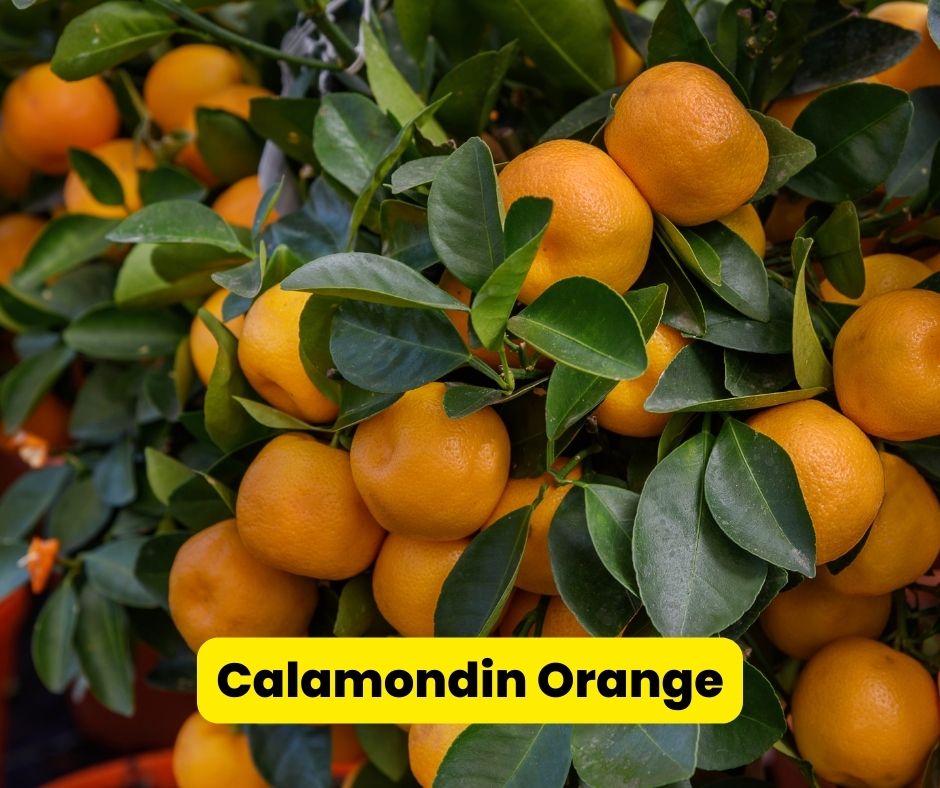
As you embark on this green endeavor, consider available space, sunlight exposure, and flavor preferences. Remember, nurturing these trees is a long-term commitment. It’s worth investing the time in selecting a tree that will be both a joy to care for and a delightful addition to your indoor space.
Selecting the Perfect Pot for Your Indoor Garden
The container you choose for your indoor citrus tree is about more than just aesthetics; it plays a key part in the health and vitality of your plant. Here’s how to ensure your tree has the best home possible:
Importance of size – stick with large pots
- Room for Growth: Citrus trees, even dwarf varieties, require space for their roots to spread and grow. A larger pot provides ample room, allowing for a healthier root system and, by extension, a more robust tree.
- Stability: A larger pot offers stability, reducing the risk of a top-heavy tree toppling over.
Material considerations
- Ceramic vs. Plastic: While plastic pots are lightweight and often more affordable, ceramic pots provide better insulation for the roots against rapid temperature fluctuations.
- Benefits of Terracotta: Terracotta, a type of ceramic, is particularly well-suited for citrus trees. Its porous nature allows the soil to breathe, reducing the risk of root rot. Moreover, terracotta pots’ earthy aesthetics complement citrus trees’ natural beauty.
Ensuring good drainage and saucers
- Avoiding Waterlogged Soil: Citrus trees are susceptible to overwatering. Pots with adequate drainage holes ensure excess water can escape, preventing the soil from waterlogging and protecting the roots from rot.
- Saucers: A saucer beneath your pot catches excess water, preventing surface damage and potential overflows. Empty the saucer regularly to avoid the pot sitting in stagnant water. That can also harm the tree.
When selecting a pot for your indoor citrus tree, think of it as choosing a home. The right environment will foster growth, ensuring your tree remains healthy and yields bountiful fruit season after season.
The Soil Mix – Nurturing Your Indoor Garden from the Ground Up
One of the most integral aspects of successful indoor citrus cultivation lies beneath the surface: the soil. Ensuring your citrus trees have the proper foundation can make all the difference in their growth, health, and fruit production.
The ideal pH level for citrus trees
- Balancing Acidity: Citrus trees prefer slightly acidic soil, with a pH range of approximately 6.0 to 7.5. This range promotes nutrient availability and root health.
Components of a well-draining soil mix
- Potting Mix: Start with a high-quality mix for citrus or fruit-bearing trees. That ensures the primary soil composition is suitable for your tree.
- Perlite or Sand: Adding perlite or coarse sand improves drainage, ensuring water doesn’t remain stagnant around the tree’s roots. That is crucial to prevent root rot and other water-related diseases.
- Organic Matter: Compost or well-decomposed manure can enhance the soil’s nutrient content, promoting healthier growth and more prolific fruiting.
Organic additives to boost growth
- Compost: Rich, aged compost provides many essential nutrients, enhancing soil fertility.
- Worm Castings: An excellent source of slow-release nutrients, worm castings also improve soil structure and moisture retention.
- Natural Fertilizers: Bone meal, blood meal, and fish emulsion are just a few natural fertilizers that can provide the additional nutrients citrus trees crave.
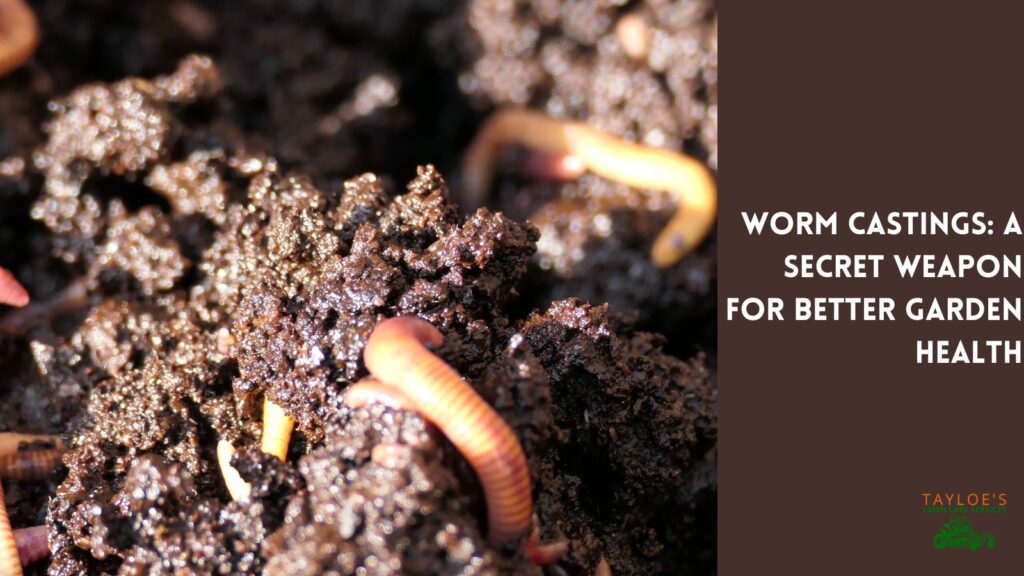
Regular Soil Checks to Ensure Citrus Fruit Tree Health
- Monitoring Soil Health: Even the best soil can become compacted or depleted of nutrients over time. Periodic checks and necessary amendments can keep your citrus tree thriving.
Remember, your citrus tree’s soil is its primary source of nutrition. You’re laying the foundation for years of beautiful growth and bountiful harvests by providing a well-balanced, nutrient-rich environment.
Sunlight and Temperature Considerations
The ambiance and environment you cultivate for your indoor citrus tree are paramount. While sheltered from the outdoor elements, your indoor trees still need specific sunlight and temperature to flourish.
Sunlight needs for citrus trees in an indoor garden
- Duration: Citrus trees are sun-lovers. They need a minimum of 6 to 8 hours of sunlight daily. But if you can provide more, even better!
- Quality of Light: Direct sunlight is optimal. South or southwest-facing windows typically provide the most vital light indoors. Consider supplemental lighting like grow lights if such a location isn’t available.
- Rotating the Tree: To ensure even growth, periodically rotate your tree. Rotation prevents it from leaning too much in one direction as it stretches toward the light source.
Maintaining Optimal Temperature
- Daytime Temperatures: Citrus trees prefer daytime temperatures of 65°F to 70°F. Maintaining this range promotes healthy growth.
- Nighttime Temperatures: A slight drop in temperature at night, ideally between 55°F to 60°F (13°C to 15°C), is beneficial. That mimics the tree’s natural outdoor environment and encourages rest and recovery.
- Avoiding Extremes: Sudden temperature fluctuations can stress the tree. Ensure you don’t place a citrus tree near heat ducts, air conditioners, or drafty windows.
Humidity Considerations
- Maintaining Moisture: Indoor environments, especially during winter, can be pretty dry. Citrus trees appreciate humidity levels of 50% or higher.
- Humidity Solutions: Regular misting, placing a humidifier nearby, or using a humidity tray (a tray filled with water and pebbles on which the pot sits) can help maintain desirable moisture levels.
Observing your tree’s appearance and growth can offer insights into whether it’s getting the right amount of light and warmth. Fine-tuning the conditions can make a significant difference, allowing you to enjoy the sight of lush leaves and fragrant blossoms. Eventually, you’ll enjoy vibrant fruits right in the comfort of your home.
Watering and Fertilizing for the Indoor Garden
Like humans, plants require consistent nourishment to remain healthy and vibrant. This comes down to two fundamental aspects for citrus trees: watering and fertilizing. Mastering the balance of these will keep your tree thriving.
Watering your citrus trees
- Watering Wisely: Citrus trees benefit from deep watering, allowing the moisture to reach the deeper roots. However, letting the soil dry out between waterings is essential to avoid root rot.
- Checking the Soil: Insert a finger about an inch into the soil before watering. If it feels dry, it’s time to water. If it’s still damp, wait a few days.
- Water Quality: If possible, use rainwater or distilled water. Tap water with elevated levels of chlorine or fluoride can harm it over time.
Fertilizing fundamentals
- Type of Fertilizer: Use a balanced, slow-release fertilizer for citrus or fruiting plants. That ensures your tree gets all the necessary nutrients in the proper proportions.
- Frequency: During the growing season (mainly spring and summer), fertilize once a month. In the dormant seasons (fall and winter), reduce this to once every two months or as per the specific fertilizer’s instructions.
- Observing the Tree: Yellowing leaves, slow growth, or a lack of fruit can be indicators of nutrient deficiencies. Adjust your fertilizing routine based on the tree’s appearance and health.
Importance of mulching
- Maintaining Moisture: A thin layer of mulch on the soil’s surface can help retain moisture, reducing watering frequency.
- Temperature Regulation: Mulch also acts as an insulator, maintaining a more stable soil temperature and protecting roots from extreme temperature fluctuations.
- Preventing Soil Erosion: When watering, mulch prevents the topsoil from eroding, ensuring the soil remains nutrient-rich.
When watering and fertilizing, it’s always better to err on the side of caution. Overwatering or over-fertilizing can lead to various problems. Being observant and adjusting your care routine based on the tree’s needs is the key to a thriving indoor citrus tree.
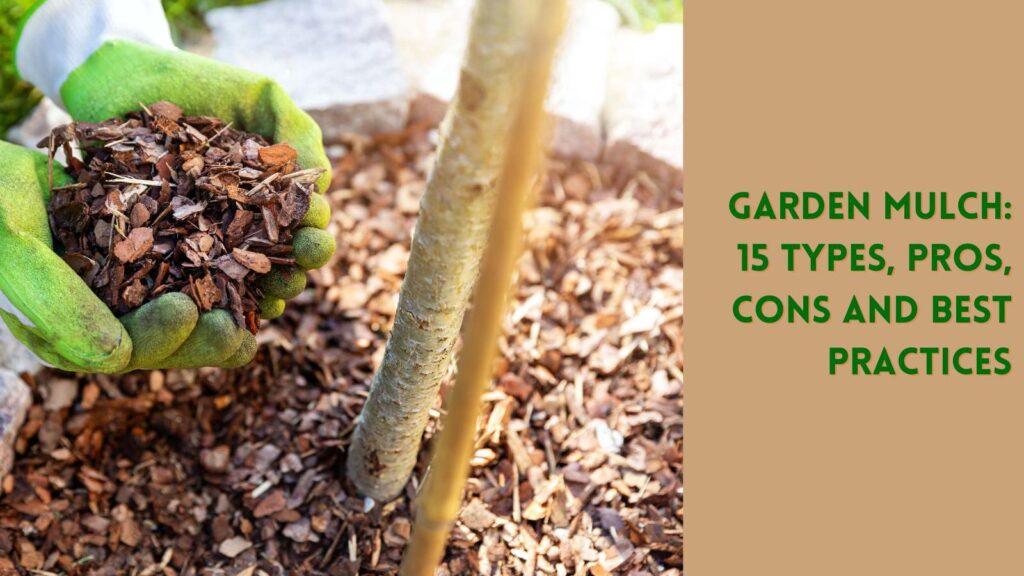
The Takeaway: Lime and Lemon Trees Are Ideal for an Indoor Garden
The allure of gardening doesn’t only need to mean the great outdoors. Bringing the vibrant world of citrus trees into your home bridges the gap between the external green expanses and your indoor sanctuary.
The process is more than just growing a tree. Instead, it’s about nurturing a passion, understanding the rhythms of nature, and enjoying the tactile and sensory pleasures of gardening, no matter the season.
So, when the outdoor landscape turns chilly, remember that the warmth of your home can become a haven for a thriving citrus tree. By starting a small indoor garden, you ensure that the zest for cultivation stays alive in the heart of your living space.
Author Profile

- Deborah Tayloe is the CEO and co-founder of Tayloe's Lawn Care Services, LLC. She has a B.S.Ed and holds certificates in soil and water management and herbology from accredited programs.
Latest entries
 GardeningSeptember 27, 2025What perennials, shrubs, and trees don’t like fall pruning (and why)?
GardeningSeptember 27, 2025What perennials, shrubs, and trees don’t like fall pruning (and why)? Trees and ShrubsSeptember 14, 2025Fall Shrub Pruning Guide (September–October)
Trees and ShrubsSeptember 14, 2025Fall Shrub Pruning Guide (September–October) Trees and ShrubsApril 22, 2025Boxwood Blight: Early identification and isolation
Trees and ShrubsApril 22, 2025Boxwood Blight: Early identification and isolation Flower GardenApril 8, 2025John F. Kennedy Rose: Hybrid tea rose with elegant white blooms
Flower GardenApril 8, 2025John F. Kennedy Rose: Hybrid tea rose with elegant white blooms





